Limited outdoor space doesn’t have to mean limited gardening opportunities. Planting in containers and pots offers a versatile and practical solution for bringing lush greenery, vibrant flowers, and fresh herbs to small balconies, patios, and urban landscapes. Whether you’re a city dweller or simply short on outdoor space, container gardening allows you to flex your green thumb and create a thriving garden oasis right outside your door. Here’s everything you need to know to get started with planting in containers and pots for small spaces.
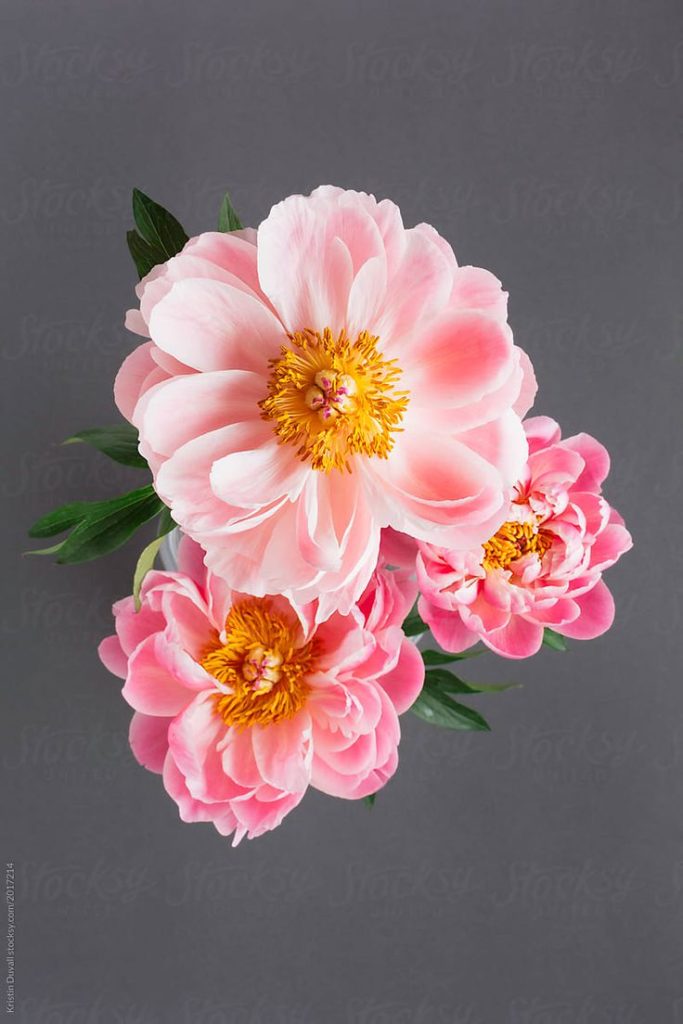
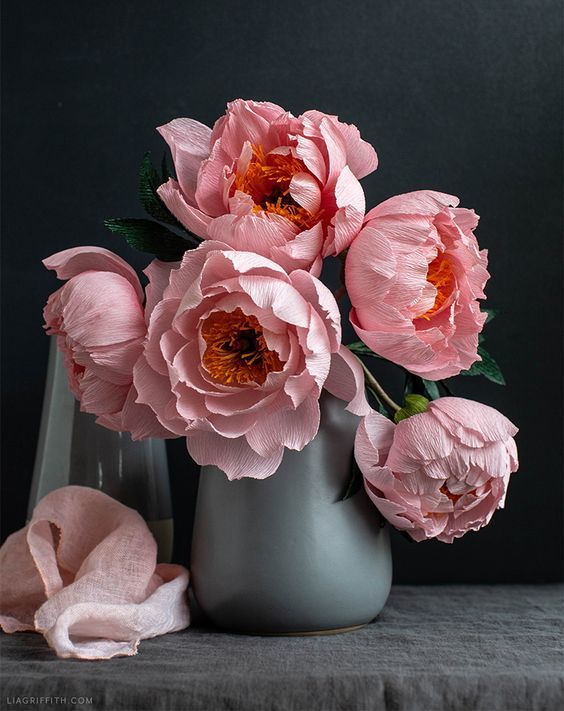


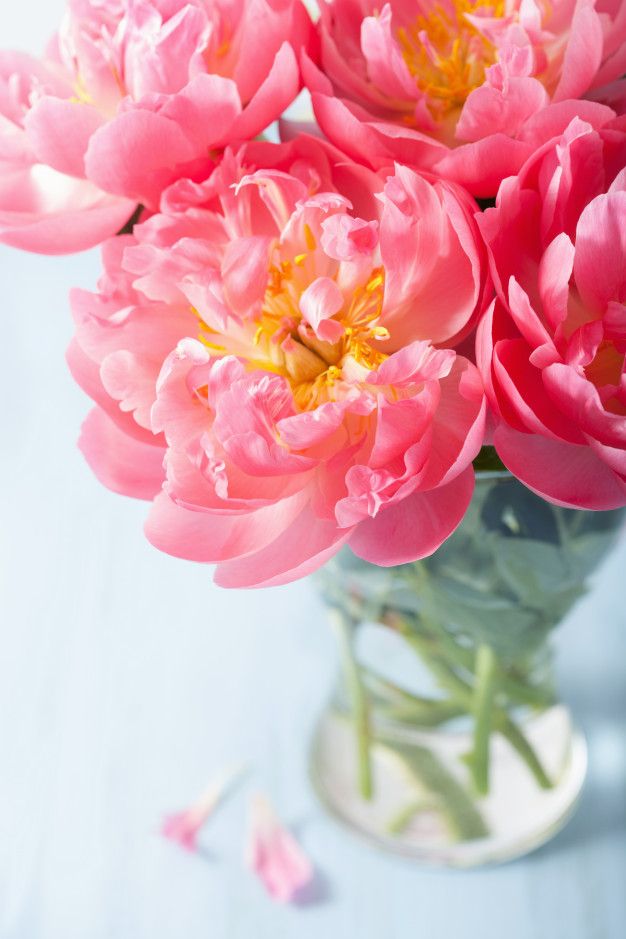
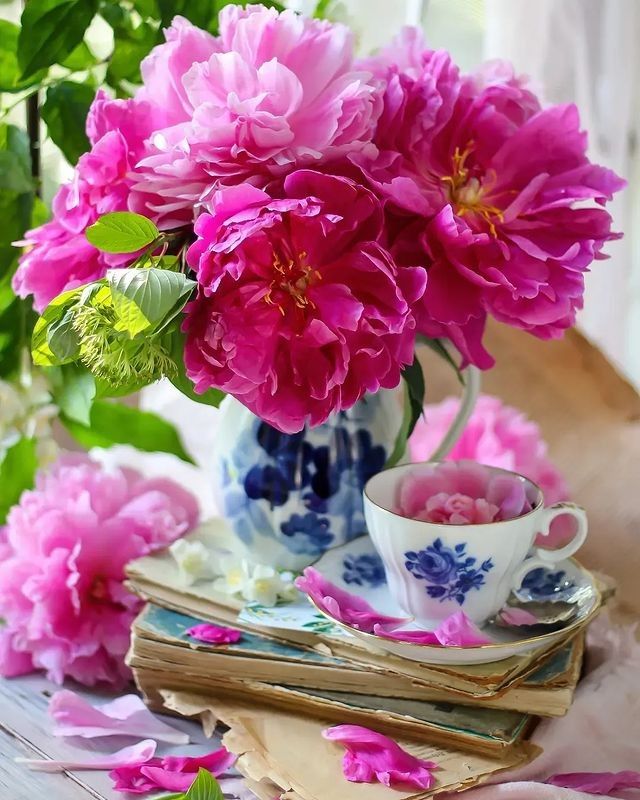

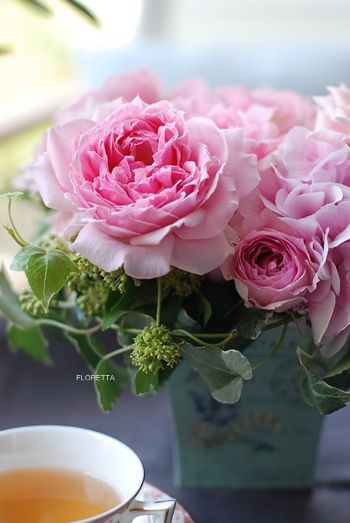
Assessing Your Space
Before diving into container gardening, take some time to assess your available space and environmental conditions. Consider factors such as sunlight exposure, wind exposure, and access to water to determine which plants will thrive in your specific location. Choose containers that are suitable for your space constraints and aesthetic preferences, opting for lightweight options for balconies or hanging baskets for vertical gardening.
Selecting Suitable Plants
When selecting plants for container gardening, choose varieties that are well-suited to your climate, growing conditions, and available space. Consider factors such as mature size, growth habit, and maintenance requirements when making your selections. Herbs, vegetables, annual flowers, and compact shrubs are excellent choices for container gardening, offering both beauty and functionality in small spaces.
Choosing the Right Containers
Selecting the right containers is essential for successful container gardening. Choose containers that provide adequate drainage to prevent waterlogged soil and root rot, opting for pots with drainage holes or adding a layer of gravel or perlite to the bottom of non-draining containers. Consider the material, size, and style of containers, opting for lightweight options for easy mobility and weather-resistant materials for durability in outdoor environments.
Preparing the Potting Mix
Creating the right potting mix is crucial for providing plants with the nutrients, aeration, and moisture retention they need to thrive. Use a high-quality, well-draining potting mix specifically formulated for container gardening, avoiding heavy garden soil or compost that may compact and suffocate plant roots. Consider incorporating organic matter such as compost, peat moss, or coconut coir to improve soil structure and fertility.
Planting and Caring for Container Gardens
Once you’ve selected your containers, plants, and potting mix, it’s time to get planting. Start by filling containers with potting mix, leaving space at the top for watering. Arrange plants according to their spacing requirements and desired design, ensuring adequate room for growth and airflow. Water newly planted containers thoroughly and regularly, keeping soil consistently moist but not waterlogged. Fertilize plants regularly with a balanced fertilizer to support healthy growth and flowering, and monitor for pests and diseases, addressing any issues promptly to prevent spread.
Conclusion
Planting in containers and pots offers a convenient and accessible way to bring the beauty and bounty of nature to small outdoor spaces. By assessing your space, selecting suitable plants, choosing the right containers, preparing the potting mix, and caring for your container garden with regular watering, fertilizing, and maintenance, you can create a thriving garden oasis that enhances your urban living experience.
FAQs (Frequently Asked Questions)
- Can I grow vegetables in containers?
- Yes, many vegetables can be successfully grown in containers, including tomatoes, peppers, lettuce, herbs, and compact varieties of squash and cucumbers. Choose containers that are large enough to accommodate the root systems of your chosen vegetables and provide adequate support for climbing or vining varieties.
- How often should I water my container plants?
- The frequency of watering depends on factors such as plant species, container size, weather conditions, and soil type. Generally, container plants may need watering more frequently than plants in the ground, especially during hot or windy weather. Check soil moisture regularly and water when the top inch of soil feels dry to the touch.
- What are some tips for vertical gardening in small spaces?
- Vertical gardening offers a space-saving solution for small balconies, patios, and walls. Choose climbing or trailing plants such as ivy, succulents, ferns, or trailing flowers, and utilize vertical structures such as trellises, wall-mounted planters, or hanging baskets to maximize growing space and create a lush green backdrop.
- Can I overwinter container plants outdoors in cold climates?
- In cold climates, overwintering container plants outdoors may be challenging, as containers offer less insulation than the ground and roots are more susceptible to freezing temperatures. Consider protecting container plants from frost damage by wrapping containers in insulation, moving them to a sheltered location, or bringing them indoors during extreme cold spells.
- How can I prevent soil from drying out too quickly in containers?
- To prevent soil from drying out too quickly in containers, consider using moisture-retentive potting mixes, incorporating water-retaining additives such as perlite or vermiculite, and mulching the surface of containers with organic materials such as compost or shredded bark. Additionally, provide adequate drainage and water containers thoroughly when soil feels dry to the touch.